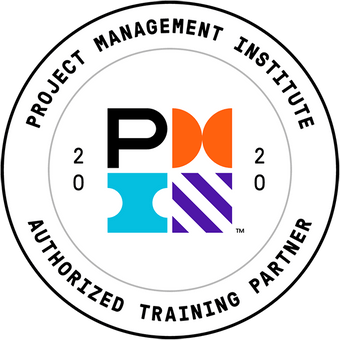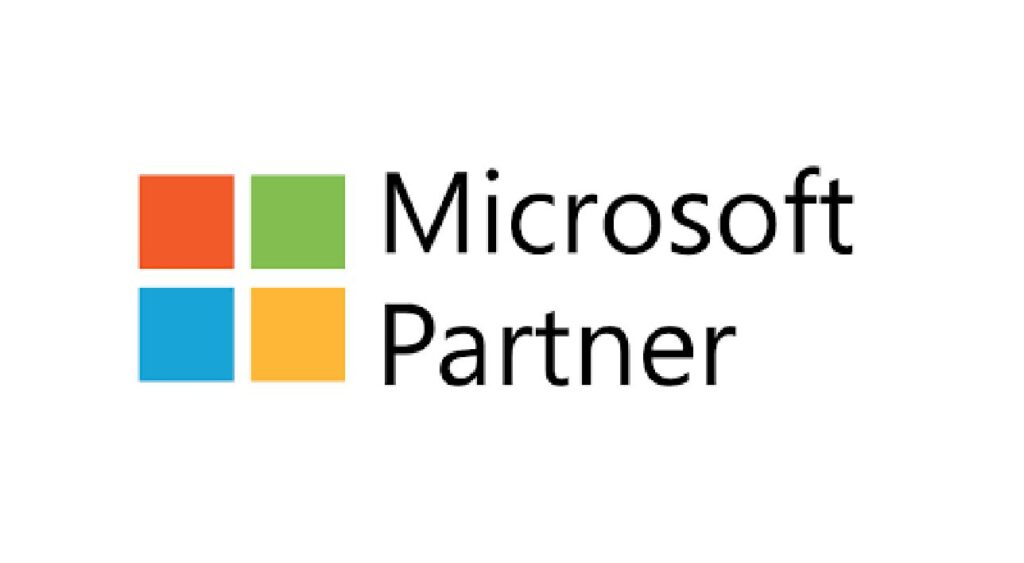By the end of this Project Management for Engineers course, you’ll be able to::
- Learn to manage your projects more effectively.
- Get a better understanding of project management principles.
- Based on The Project Management Institute, A Guide to the Project Management Body of Knowledge (PMBOK® Guide) – Seventh Edition, Project Management Institute, Inc., 2021.
- Use this as a stepping stone to embark on a project management career.
- Earn 23 PDUs or contact hours toward your Project Management education for certification with PMI.
Once enrolled, our friendly support team is here to help with any course-related inquiries.
Summary
- Skill level: Intermediate
- Lessons: 45
- Pre-requisites: None
- Estimated study time: 3h 56m
- Certificate: Yes
- Accredited by: CPD
- Versions supported: PMBOK 7th Edition
- Video duration: 23h for all materials
Features
Premium video tutorials
Personalized Learning
Learn at your own pace
Tests and Quizzes
Award winning instructors
Get Certified
Mobile - Learn on the go
Regularly updated content
Accreditations & Approvals
All courses under each learning path are accredited and approved by one or more of the following bodies as is applicable.



Instructors
All courses are taught by reputed trainers with relevant accreditations and industry experience.
Modules
Circles of Project Management
Circles of project management are a framework for considering different project management aspects. Based upon project and organizational considerations, some aspects may be emphasized and others de-emphasized.
Methods and Models
Project managers use models and methods to organize the management approach and execute the project management activities.
Project Tailoring
Project tailoring is the modification of a standard project management methodology to reduce risk by accommodating the unique business and project characteristics of the project.
Project Management Methodology
Project Boundaries
Learn how to quickly identify project boundaries using the W questions.
In-Frame/Out-of-Frame
In-Frame/Out-of-Frame is a technique for clarifying project boundaries by listing both the activities and deliverables that are in scope for the project and listing the activities that are not required as part of the project.
Stakeholders
The Project Stakeholders’ support is essential for project success. Project Stakeholders set the goals for the project and will ultimately determine whether the project is considered a success or failure.
Project Leader
The Project Leader is responsible for ensuring the project team executes the project.
Core Team
Most large projects are managed by a cross-functional core team. Core team members have a dual responsibility; they are responsible for the project achieving its goals and they are responsible to ensure that the project complies with their function’s standards and best practices.
Primary Constraint
The approach taken when planning a project should be based upon the primary project constraint. Attributes of that constraint are planned first and then other aspects of the project are planned to support the primary constraint.
Project Phases
Projects are often organized into phases. Phases provide structure and logic to the project and aid the project team and management to track progress.
Progressive Elaboration
Progressive elaboration is the principle of steadily adding detail to the project plan as more information becomes available.
Project Deliverables
Learn how to identify project tasks and activities using the deliverables deployment technique.
Task Description
Task Descriptions are the statements of scope for each of the project activities. They are written in the format of “action – completion point.”
WBS Dictionary
The WBS Dictionary is a table or spreadsheet that is organized by project task and contains all project planning details.
Milestone Schedule
Understand when and how to use a milestone schedule on a project. Learn how to create a milestone schedule.
Gantt Chart
Understand when and how to use a Gantt chart on a project. Learn how to create a Gantt chart.
Task List Schedule
A Task List Schedule is a schedule format used to communicate tasks with dates to extended team members or those who do not have a major role in the project.
Kanban Schedule
A Kanban Schedule is a project scheduling tool for managing a batch of similar items that must be processed through the same project steps.
Network Diagram
A network diagram is a project scheduling technique that shows the relationship between tasks by depicting project activities as a flowchart.
Project Budget
Understand what is normally shown in a project budget. Learn how to create a time-phased project budget.
Responsibility Matrix
The Responsibility Matrix is a project management tool for correlating project work assignments with project team members.
Estimating Uncertainty
Project plans are built with an accumulation of estimates, each of which has a level of uncertainty associated with it. The level of uncertainty is a major contributor to the accuracy of the plan and the amount of project risk.
Estimating Techniques
The most commonly used techniques for creating project estimates are analogous estimates, bottom-up estimates, three-point estimates, and using a parametric model.
Effort-Duration-Money
Project estimates of effort, duration, and money are interrelated. Based upon the cost and availability of the resources involved, once you have one of the estimates, you can derive the other two.
Time Box
Time Boxes are an estimating technique that sets a finite time for a task or task group. The amount of scope that is completed is variable. Whatever scope is done when the time box ends is the amount of scope for that activity on the project.
Positive and Negative Risk
Understand the difference between positive and negative risk. Learn the major steps of project risk management.
Risk Identification
Risk Identification is the practice of identifying positive and negative conditions that may occur within the project and impact project objectives.
Negative Risk Response
Negative Risk Response is determining what actions the project will take to address risk threats.
Positive Risk Response
Positive Risk Response is determining what actions the project will take to address risk opportunities.
Contingency and Triggers
Contingencies are potential risk response actions that will only be implemented if some triggering event or condition has shown that the risk probability has gone from unlikely to likely.
Team Building
Project Team Building is a process that the Project Core Team normally goes through to improve team coordination and decision making.
Communication Management
Project Communication Management is a very broad term that refers to all of the communication activities associated with the project. Communication is a key attribute of project management.
Task Accountability
Task Accountability is the project management activity associated with ensuring the successful completion of project activities.
Quality Control – Quality Assurance
Quality management on projects are processes and tools that aid the project core team and the organization in their effort to both do the right things and do things the right way on projects. It includes a focus on both corrective actions and preventive actions.
Contractor and Vendor Execution
Contractors and vendors are often used to accomplish project tasks. The complexity, uniqueness, and uncertainty of the activity will determine the nature of the relationship between the project team and the contractor or vendor.
Project Dashboards
Learn how to create and use a project dashboard to communicate project status with both management and your project team.
Management Meetings
Project Management Reviews are the formal documented meetings held periodically between senior management and the project team.
Technical Reviews
Project technical reviews are formal decision meetings between team members and a panel of subject matter experts.
Scope Creep
Scope creep is the uncontrolled expansion to project scope without adjustments to time, cost, and resources.
Issue Resolution
Issues are any request, complaint, or unexpected condition that leads to unplanned, but in scope, work that must be accomplished on a project. They normally result in the need to implement a workaround in order to resolve them.
Project Change
A formal documented modification to the project baseline, boundaries, or an artifact.
Stakeholder Acceptance
Understand how to gain stakeholder acceptance during project closeout and learn how to create and use a Punch List.
Transition to Business
To fully realize the benefit of a project, often business systems need to change to implement the project results. This transition can be a challenging aspect of the project.
Lessons Learned
Lessons Learned are a retrospective look at a project, or phase of a project, to identify best practices to be repeated and performance gaps to be improved.
Target Audience
- Graduates exploring placement in the entry-level Project Management positions across industries
- Professionals needing upskilling to be future-ready or become more productive in their current roles
- Experienced individuals exploring Project Management for Engineers roles to join the workforce
How do I Access The Program
- Buy the course online
- Save your payment transaction receipt for any future reference
- Our team will share the credentials to enable you access your course online within 2 business days of payment transfer
Bulk Orders
Incase you are looking for bulk user licenses, or customized Learning Paths for various Job Roles, reach out to us with your detailed requirements.






Reviews
There are no reviews yet.